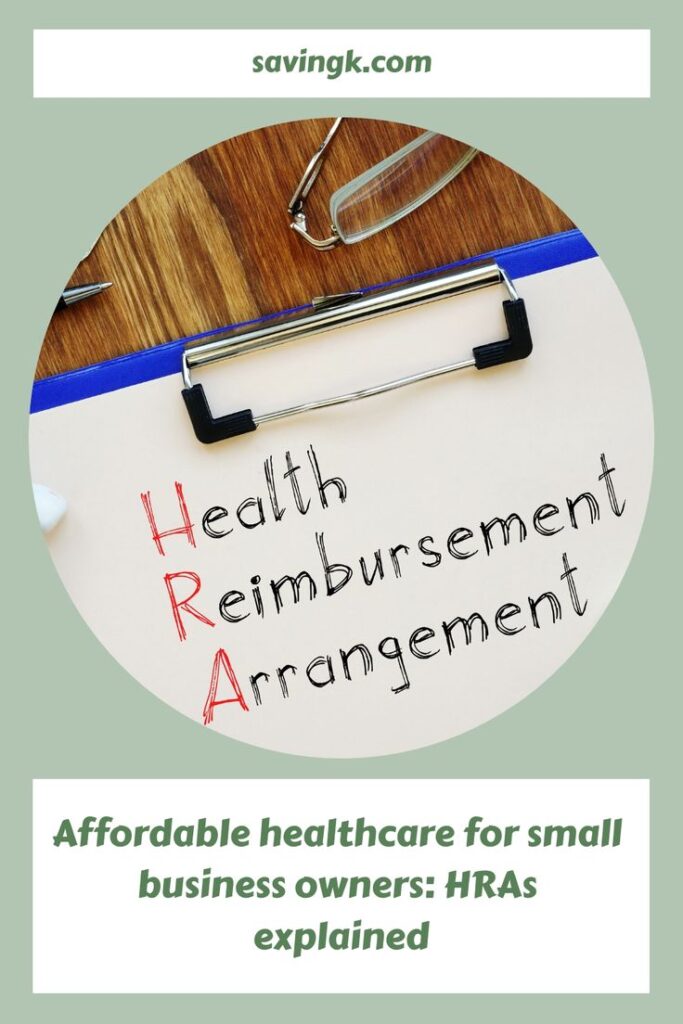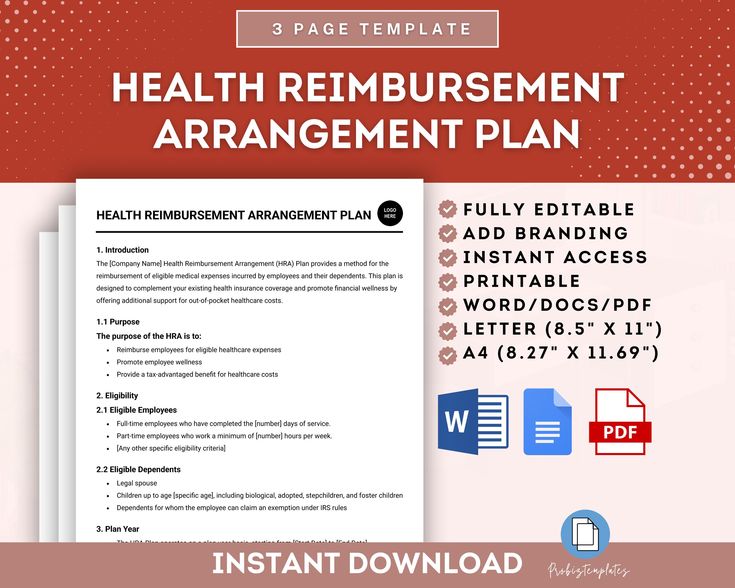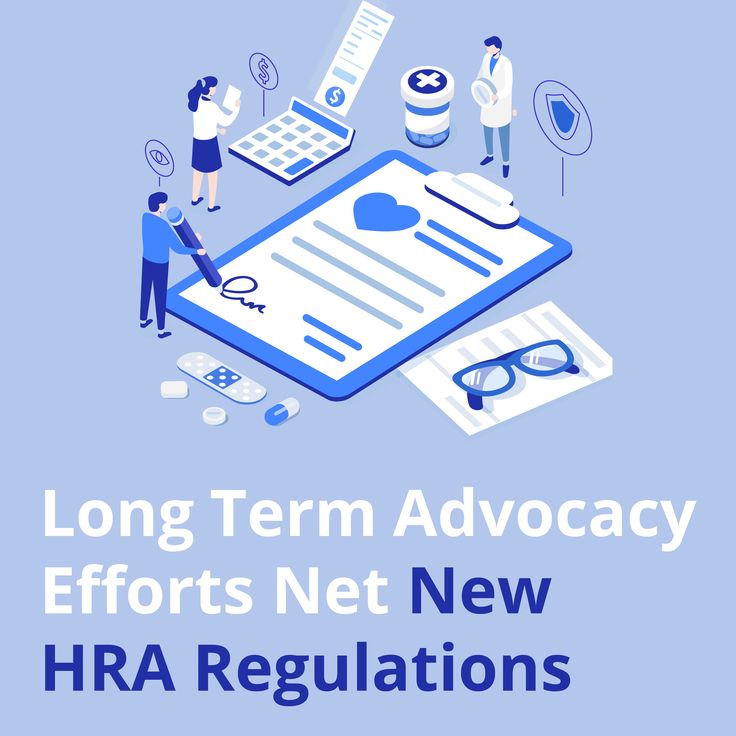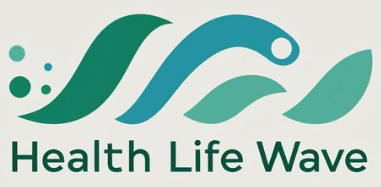Table of Contents
What Is a Health Reimbursement Arrangement (HRA)

A Health Reimbursement Arrangement (HRA) is an employer-funded plan that reimburses employees for qualified medical expenses and, in some cases, health insurance premiums.
Key Features:
- Funded only by employers (no employee contributions)
- Reimbursements are tax-free
- Customizable to fit a company’s budget and needs
Employers set aside a fixed amount of money each year to reimburse employees for health-related expenses.
How Does an HRA Work?
Here’s a simple breakdown of how HRAs function:

- Employer Sets the Allowance
Employers choose how much tax-free money to offer each employee annually or monthly. - Employee Pays for Healthcare
Employees pay for medical expenses or insurance premiums out-of-pocket. - Employee Submits Proof
Employees submit receipts or documentation to the employer or HRA administrator. - Employer Reimburses
Once verified, the employer reimburses the employee, up to the allowance.
Eligible Expenses Include:
- Doctor visits
- Prescription medications
- Dental and vision care
- Insurance premiums (depending on HRA type)
Types of HRAs Explained
There are several types of HRAs available, each suited to different business sizes and healthcare strategies.
1. Qualified Small Employer HRA (QSEHRA)
- For businesses with fewer than 50 employees
- Employees must have minimum essential coverage (MEC)
- Set annual contribution limits (adjusted by the IRS yearly)
2. Individual Coverage HRA (ICHRA)
- Available for businesses of any size
- Employees must have individual health insurance
- Replaces group health plans for flexibility
3. Excepted Benefit HRA (EBHRA)
- Can be offered with a traditional group health plan
- Limited to $2,100/year (IRS limit)
- Reimburses dental, vision, COBRA, and short-term plans
4. Integrated HRA
- Only available to those enrolled in a group health plan
- Helps cover deductibles, copays, and other out-of-pocket costs
Benefits of an HRA for Employers
Offering an HRA can make you stand out as an employer and help with talent attraction and retention.
Financial Control
- Employers decide the budget
- Predictable healthcare costs
Tax Savings
- Reimbursements are not subject to payroll taxes
- Lower taxable income
Flexibility
- Tailor plans to fit your workforce (full-time, part-time, remote)
Talent Attraction
- Competitive benefits without the high cost of group insurance
Benefits of an HRA for Employees

An HRA offers employees a helpful way to manage healthcare expenses without dipping too deep into their salaries.
Tax-Free Money
- Reimbursements are tax-free for employees
- Boosts net take-home pay
More Freedom
- Choose your own healthcare providers
- Pick individual health insurance that fits your needs
Financial Stability
- Helps manage out-of-pocket costs, especially with high-deductible plans
HRA vs HSA vs FSA: What’s the Difference?
| Funded By | Employer only | Employee or Employer | Employee (some employer match) |
| Ownership | Employer | Employee | Employer |
| Rollover | Sometimes | Yes | Limited |
| Portability | No | Yes | No |
| Use For Premiums | Yes (certain HRAs) | No | No |
| Tax-Free | Yes | Yes | Yes |
Summary:
- HRAs are employer-controlled, tax-advantaged reimbursement accounts.
- HSAs are employee-owned and portable, but require high-deductible plans.
- FSAs are less flexible and funds expire at year’s end in many cases.
Tax Advantages of HRA
One of the biggest reasons employers and employees love HRAs is the tax advantage.
For Employers:
- Contributions are 100% tax-deductible
- No payroll taxes on reimbursements
- Lowers overall taxable income
For Employees:
- Reimbursements are not taxed as income
- No need to pay taxes on eligible expenses
How to Set Up an HRA for Your Business
Setting up an HRA is easier than you might think. Follow these steps:
Step 1: Choose the Right HRA Type
- Small business? Go for QSEHRA.
- Want flexibility? Try ICHRA.
Step 2: Define Eligibility Rules
- Who qualifies (full-time, part-time)?
- Will benefits differ by employee class?
Step 3: Set Budget Limits
- Decide monthly or yearly allowance.
- Ensure compliance with IRS limits.
Step 4: Create a Reimbursement Process
- Partner with an HRA administrator or use software.
- Ensure proper documentation and secure storage.
Step 5: Notify Employees
- Provide a written notice at least 90 days in advance (for ICHRA).
- Explain how reimbursements work.
Common Questions About HRAs
1. Can employees keep unused HRA funds?
No, HRAs are not portable. If an employee leaves, unused funds stay with the employer.
2. Can HRAs cover health insurance premiums?
Yes, certain HRAs (like ICHRA and QSEHRA) allow premium reimbursements.
3. Do HRAs require a health plan?
Some HRAs (like Integrated HRA) require group health plans, while others (like QSEHRA and ICHRA) require individual coverage.
4. Is there a cap on how much an employer can contribute?
Yes, but only for certain HRAs. For example, QSEHRAs have IRS-defined limits.
5. Is an HRA the same as insurance?
No. HRAs are reimbursement arrangements, not health insurance plans.
Final Thoughts
A Health Reimbursement Arrangement (HRA) is a powerful tool for both employers and employees. It allows businesses to offer flexible, tax-advantaged health benefits without the hefty cost of traditional group plans, and gives employees more control over how they spend their healthcare dollars.
With multiple HRA types now available, even small businesses can compete with large companies by offering meaningful health benefits. Whether you’re a business owner or employee, understanding HRAs can help you make smarter decisions about your health coverage.
